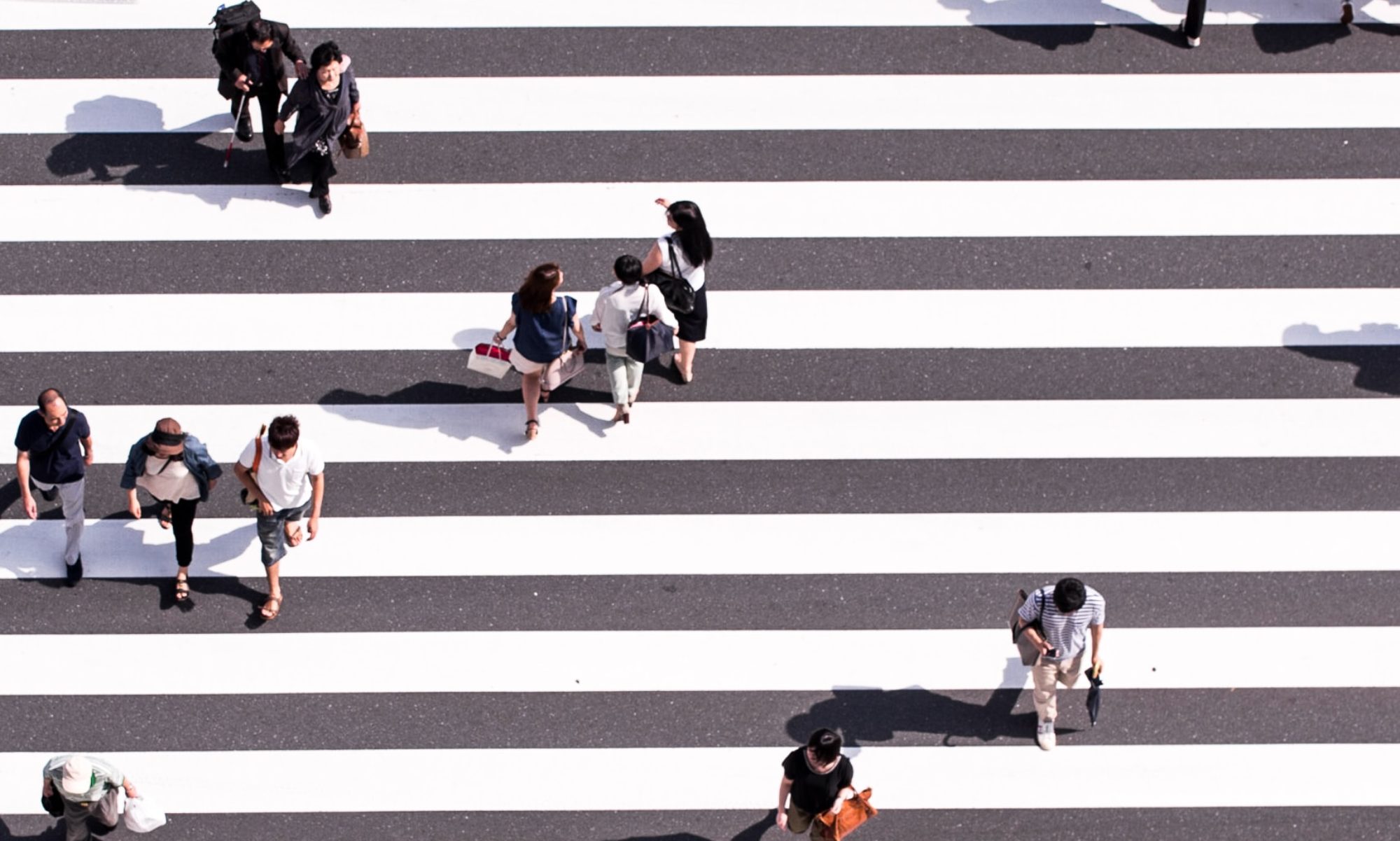Shōwa was the posthumous name of the 124th emperor of Japan who reigned from December 25, 1926, to January 7, 1989. Abroad he is known as Emperor Hirohito, however, few of the ordinary Japanese know the real name of the monarch. Here the reigning emperor is referred as „His Majesty the Emperor“ (天皇陛下; Tennō Heika) while he‘s alive and receives a posthumous name after passing away. This name is also given to the period of his reign. Therefore Shōwa refers to the whole turbulent 63-year-long era which saw the disastrous fall of the Empire of Japan (大日本帝国; Dai Nippon Teikoku) and the astonishing post-war recovery of the modern Japanese state (日本国; Nippon-koku).

Etymologically 昭和 is usually interpreted to mean the “Era of Enlightened Peace“. However, the first part of the Shōwa period was neither enlightened nor peaceful. The short-lived period of „Taisho democracy“ (大正デモクラシー; Taishō demokurashī) gave way to the rise of ultra-nationalism, totalitarianism, and militarisation of the state. The 20s and the 30s saw a string of political assassinations (during one of them, Charlie Chaplin narrowly escaped being killed while visiting the prime minister of Japan), failed coup d‘états, the infamous Mukden Incident (満州事変; Manshū jihen) when the Imperial Army independently staged an invasion of Manchuria without orders from the government or the Emperor. The horrific years of the Second World War culminated with the atomic bombings of Hiroshima and Nagasaki, humiliating defeat and occupation by Allied forces that lasted until 1952.
The later part of the Shōwa period, however, is remembered in much brighter light. In the 50s and the following decades, Japan experienced an astonishing economic recovery and growth labeled as the „Japanese Miracle.“ The country implemented record-breaking industrialization, manufacturing rapidly grew and living standards dramatically increased. By 1964 90% of the households owned all of the „Three Sacred Treasures“(三種の神; Sanshu no jingi)– a TV, a refrigerator, and a washing machine.*¹ In 1968 Japan became the world‘s second-largest economy (following the United States) and held this position until 2010 when it was overtaken by China.²

In the late 80s, the very end of the Shōwa period, Japan entered what is often remembered as its Golden Age. It was the zenith of the so-called Bubble economy era (バブル時代; Baburu jidai) – the decade of uncontrolled money supply, carefree lifestyle, flashy spending, and consumerism at its best. Many young Japanese today look at this period with fascination and slight anger at the irresponsibility of their parents’ generation. Shōwa ended on a high peak, but the following Heisei era (平成時代; Heisei jidai; January 8, 1989 ~ April 30, 2019) brought a sobering wake-up. The asset price bubble burst and years of economic stagnation, known as the „Lost Decade“ (失われた十年; Ushinawareta jyūnen), followed. It is safe to state that despite the government’s efforts to revive the economy, this situation still continues today.

It was the atmosphere of recovery, economic growth, hope for the future, and probably its glorious and extravagant end that gave the Shōwa period a special aura that continues to live on. Many of the older Japanese who lived through these years look back and remember them fondly as 古き良き時代(Furuki yoki jidai)– the good old days.
When I walk through the streets of bigger and smaller Japanese cities, I catch myself being fascinated by how much of the Shōwa period is still left in the details and fragments around. It takes just one turn around the corner, away from the main road into a narrow street or a shōtengai (商店街; a shopping street) and you will find yourself surrounded by dozens of small vintage looking shops: clothing stores, fish and vegetable shops, tofu sellers, barber salons, pachinko parlors, public bathhouses, soba noodle restaurants. Despite some hints of modernity, they still look as if half-frozen in time. You will find Shōwa in the dated interior of a hot spring hotel, in the luxurious but old-fashioned design of a high-end department store, in that Toyota taxi cab navigating the streets, in the TV commercials which sometimes appear as if they were created to look old and silly on purpose. The spirit is still there, in those tiny little houses with shiny ceramic tiles covering their facades, in the sound of kayōkyoku playing at an unassuming looking tempura store run by an old lady, in the pretentious design of the street lights, and in the yokochō (横丁) alley illuminated by lantern lights and buzzing with voices from dozens of small izakaya(居酒屋)bars. Shōwa heritage possesses an air of a certain unique charm that strikes even a foreigner like me with a deep sense of nostalgia for the era I never knew..
* This is a tongue-in-cheek reference to the imperial regalia of Japan consisting of three items – a sword, a mirror, and a jewel.
REFERENCES:
¹ Tomizawa, R. (July 18, 2015). The Three Sacred Treasures of Post-War Japan: a television, a refrigerator and a washing machine. Retrieved from: https://theolympians.co/2015/07/18/the-three-sacred-treasures-of-post-war-japan-a-television-a-refrigerator-and-a-washing-machine/
² Asialink Business. (n.d.). Japan’s economy. Retrieved from: https://asialinkbusiness.com.au/japan/getting-started-in-japan/japans-economy?doNothing=1



















